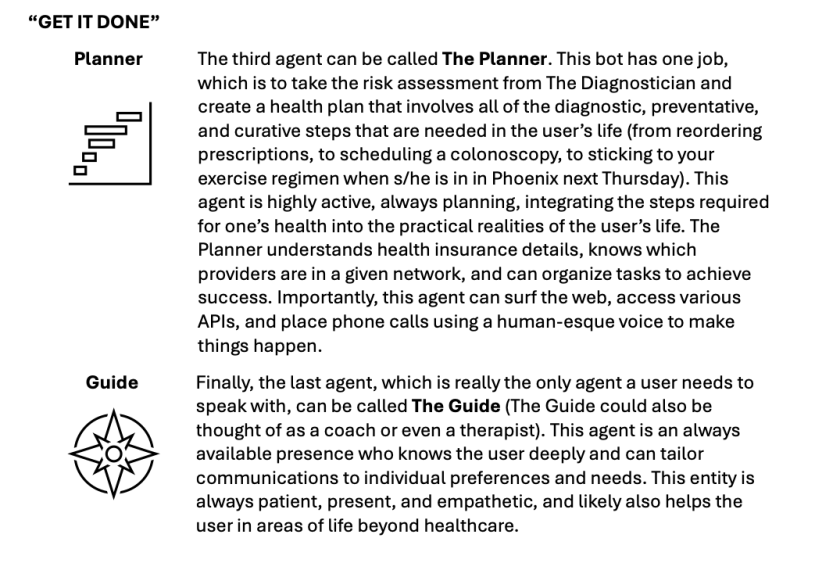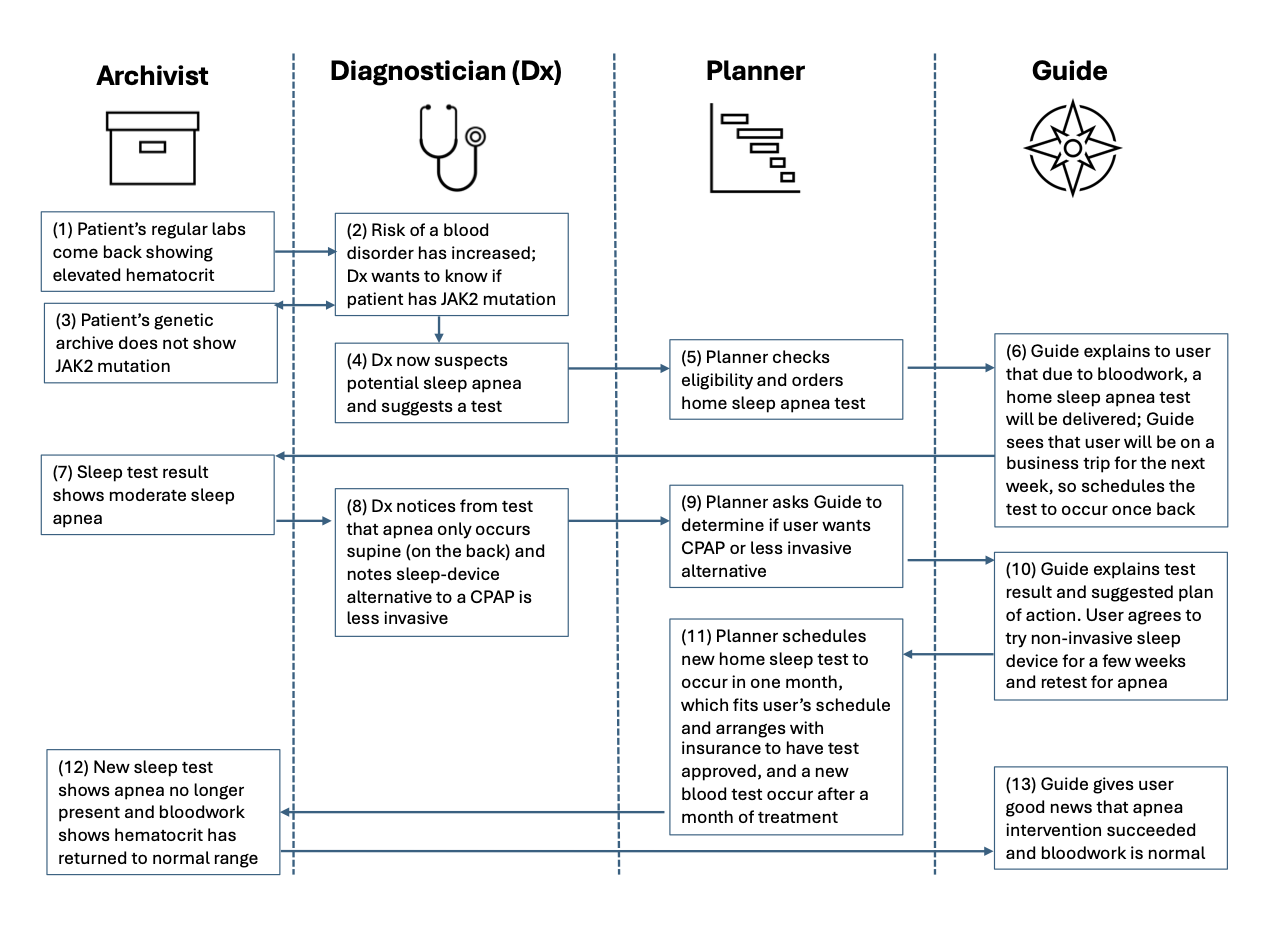It took longer than many thought, but robotic systems are starting to show up in average people’s lives.
Self-driving taxis now ply the streets of major American cities, it’s now commonplace to see shelf-scanning robots roaming grocery store aisles, and humanoids dance, flip, and carry objects in videos on our social media feeds. As we’ve tracked for several years now, investors are pouring money into robotics startups — some with practical business cases, others explicitly chasing a massive disruption of the entire world economy. As long-time investors in the robotics space, it’s clear to us that the industry is now experiencing a long-sought period of momentum. So what’s fueling it?
We recently hosted two of the world’s leading roboticists — iRobot co-founder Colin Angle and Director at MIT’s Laboratory for Information and Decision Systems Sertac Karaman — in F-Prime’s Cambridge offices to discuss how advances in AI are unlocking new opportunities for robotics startups. And while the general sentiment is that we are in the early days of this AI wave, we have a “golden opportunity” to capitalize and usher in a robotics “golden age.” Here’s how.
Golden Opportunity vs Golden Age
As exciting as self-driving cars and humanoids are, most of the robotics companies receiving all that attention are not yet solving problems at scale. To move from media hype to real value creation, entrepreneurs must avoid the traps that have befallen previous waves of robotics innovation: start with real-world problems in need of a solution, not cool technology in search of an application. AI is dramatically enhancing machines’ ability to perceive, plan, and make decisions, creating a window for companies that can build genuinely useful robots instead of a generation of machines in search of a reason to exist.
So what is the role of humanoids? For now, they are generating excitement and showcasing what could be possible with AI-powered perception and control. However, commercialization is still a long way off. Nevertheless, the R&D work at the cutting edge of building humanoids is delivering technology advances that smart entrepreneurs can leverage to build viable businesses, like dual-arm manipulators, real-time human interaction, spatial awareness. Industrial cleaning, infrastructure inspection, goods delivery, and elder care are all ripe for robotic automation and technically viable with AI systems that can navigate spaces, operate in unstructured environments, and work alongside humans,.
Smart entrepreneurs are already mapping physical AI opportunities by asking: what level of dexterity is required? Does it need emotional intelligence? How generalizable must the system be? From that framework, they’re building task-specific robots that solve pressing problems now, not 10 years from now.
The Role of AI Foundation Models in Robotics
Think of robotics foundation models as a generative pre-trained transformer (GPT) for motion and manipulation. The challenge here is that while robotics data is available, it’s expensive. Entrepreneurs can’t scrape the internet for robotic grasping demos. Collecting and labeling real-world interaction data at scale is hard, slow, and costly, with an uncertain payoff for startups. It is ultimately a game of who raises the most capital, which is out of reach for most startups.
As a result, smaller, skill-specific models will be much more valuable in the near term. Foundation models for warehouse navigation, or picking and placing in cluttered environments, or understanding facial expressions and verbal language will be cheaper to build, quicker to deploy, and easier to tune. For businesses going after a specific, real-world use case, these smaller foundation models will offer early traction and real ROI without waiting on a billion-dollar general-purpose robotics brain.
From Tools to Real-World Impact
Recent AI breakthroughs are answering a long-standing question in robotics, which is whether the technology’s limits lay in software or hardware. As we’ve seen, today’s robots can walk, run, and even do backflips because of smarter code and learning systems, not some radical new motor.
AI is creating a new toolbox for robotics engineers. Ten years ago, basic robotic manipulation was unreliable, but AI has enabled the creation of perception stacks that understand 3D environments, reinforce learning to teach agile motion, and adjust in real-time via smart control systems. Thanks to these tools, robots can now fold laundry and scramble over rubble — not exactly headline-grabbing use cases, but they are the foundations of real businesses with real revenue.
AI-Assisted Design
When designing chips, AI can optimize transistor placement far better than human engineers. We’re now seeing the same dynamic in robotics. AI-enabled simulators are starting to bridge the sim-to-real gap, making robot training faster and easier. At the same time, simulations combined 3D printing and rapid prototyping enable engineers to significantly shorten design cycles.
As a result, the future of robotic design may not be intelligible to humans. AI systems trained through simulation and reinforcement learning could generate optimal algorithms and designs that weren’t obvious to human engineers, just like AlphaGo will play moves that no human had previously imagined.
The real transformation in robotics is happening under the hood, in the tools, workflows, and enabling technologies that AI has brought to life. The robotics industry currently faces a golden opportunity. But the golden age will follow after a few standout successes — built on the most useful system, not the flashiest robot — show what’s possible.



